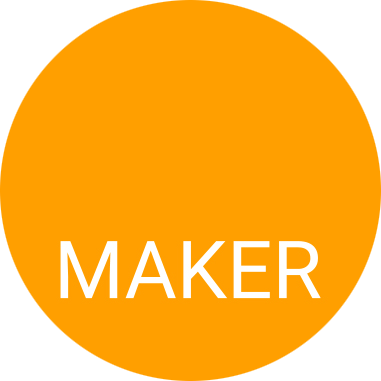In the shop, I often need to jot down some notes or sketch out a project so I decided to make some clipboards.
Start off by choosing your wood, I choose the wood that had the most figure in it. I ended up making two clipboards so I went with walnut and curly maple.
In my case, I had to resaw the walnut so as to give me a book-matched pattern. Make sure to leave your material thicker so that we have room to process it.
Running the boards through the thickness planer I cleaned up the faces.
If the boards fit well line mine did you can skip jointing them. But if not I highly recommend you do that.
Next glue the boards together, clean off any excess glue and if needed run your board through the thickness planer so that everything is nice and flat.
Once I had a good clean surface, I laid my note pad and the clip to determine how large to make the final clipboard.
Using a crosscut sled, I then cut the board to its final size and sanded up to 300 grit. Using a socket to profile the corner I used my belt sander to round them over.
Next to measuring the exact center of the clipboard I used blue tape to outline where the clip would be epoxied.
The epoxy will hold, but I think screws would have been a better choice but I did not have screws short enough.
After the epoxy is hard, I applied a couple of coats of Tung oil.






